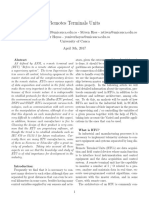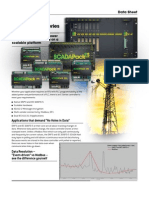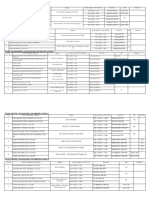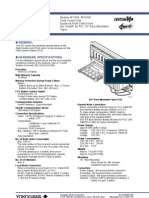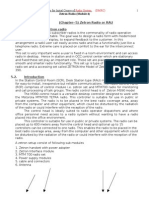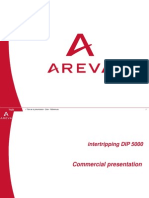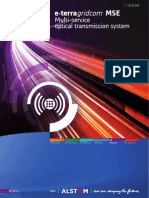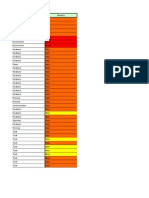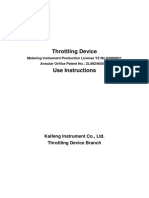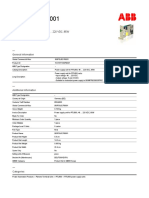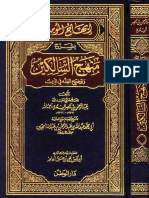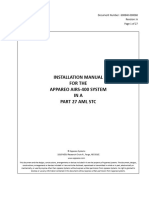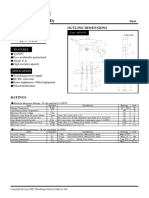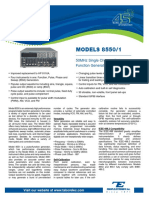0% found this document useful (0 votes)
278 views6 pagesRTU Redundancy Test Report Grati
The document summarizes a hardware redundancy test of an RTU at a substation. It tested the redundancy of the power supplies (PSU) and communication modules (CMU). For both the PSU and CMU tests:
1) One component was deactivated to test that the redundant component could handle the load without interruption.
2) The redundant component was confirmed to be active with no signal loss.
3) The roles of the components were then reversed to test the redundancy of the other.
Both the PSU and CMU redundancy tests confirmed less than 50 seconds of signal loss during the changeover between active and redundant components.
Uploaded by
guzfistekCopyright
© © All Rights Reserved
We take content rights seriously. If you suspect this is your content, claim it here.
Available Formats
Download as DOCX, PDF, TXT or read online on Scribd
0% found this document useful (0 votes)
278 views6 pagesRTU Redundancy Test Report Grati
The document summarizes a hardware redundancy test of an RTU at a substation. It tested the redundancy of the power supplies (PSU) and communication modules (CMU). For both the PSU and CMU tests:
1) One component was deactivated to test that the redundant component could handle the load without interruption.
2) The redundant component was confirmed to be active with no signal loss.
3) The roles of the components were then reversed to test the redundancy of the other.
Both the PSU and CMU redundancy tests confirmed less than 50 seconds of signal loss during the changeover between active and redundant components.
Uploaded by
guzfistekCopyright
© © All Rights Reserved
We take content rights seriously. If you suspect this is your content, claim it here.
Available Formats
Download as DOCX, PDF, TXT or read online on Scribd
/ 6





